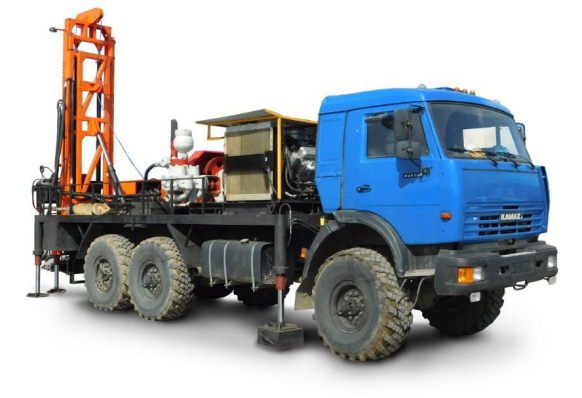Are you interested in our products? Consult our specialists

Composite flexible links are used in construction to connect the inner wall with the facing layer through insulation in a system of three-layer walls.
According to SNiP II-22-81 "Stone and masonry structures", item 6. 31: "Flexible connections should be designed with corrosion-resistant or corrosion-protected steels and also with polymeric materials".
This SNIP indicates that the use of non-corrosion resistant fittings, fittings made of ferrous metal and wire as flexible ties is dangerous, since their corrosion, leading to the collapse of the facing walls, affects the safety of the building. This condition is unsafe and living in the building is life-threatening due to the real possibility of collapse. It is time-consuming and costly to repair such a failing building, which is not economically viable.
Comparative table of characteristics of fiberglass flexible ties.
|
Indicator |
Carbon Steel |
Fiberglass |
Stainless steel |
|
Tensile strength, MPa |
550 |
1000 |
550 |
|
Thermal conductivity |
56 |
Less than 1.0 |
17 |
|
Fire resistance, °C |
up to 600 |
up to 1000 |
up to 600 |
|
Electrical conductivity |
conducts electricity |
does not conduct electricity |
conducts electricity |
|
Magnetic characteristic |
Magnetized |
Does not magnetize |
Magnetized |
|
Density |
7.85 |
2.2 |
7.85 |
|
Reliability indicators |
low corrosion and chemical resistance |
high corrosion and chemical resistance |
high corrosion and chemical resistance |
Flexible links are made using an anhydride type hardener.
Example of designation : FFC-XXX-X-SA, where:
At the request of the consumer, it is possible to manufacture ties of a different length and diameter.
Packing of 50 pieces in polyethylene or cardboard packaging.
